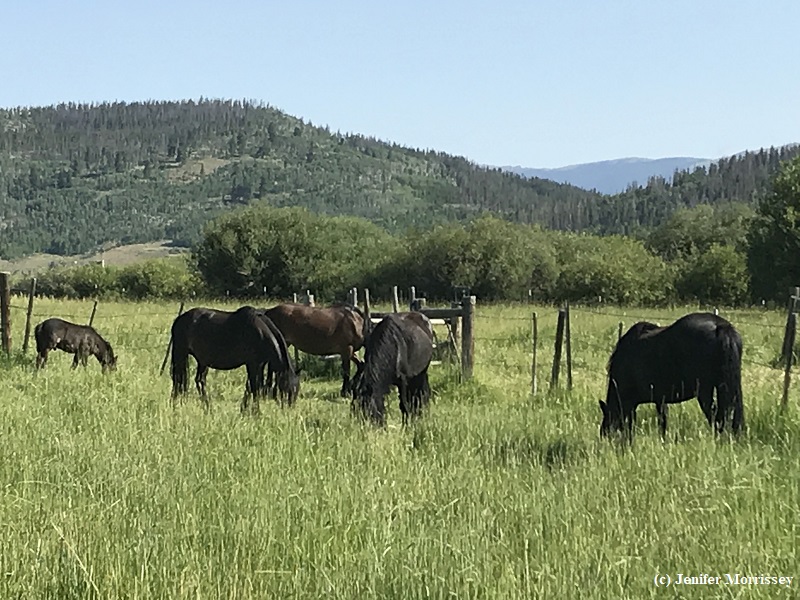Welcome Willowtrail Henry!
/Willowtrail Henry at 31 hours
I didn’t realize how much tension I was holding, awaiting the birth of my first foal this year. All that tension vanished, though, when Willowtrail Henry entered the world. I was blessed to be able to act as midwife for his birth, and as always it was amazing to watch how quickly he began getting to his feet. His abundant energy made for a long wait before he got serious about nursing, though!
The inspiration for Henry’s name comes from three places. His father’s grandsire was Lunesdale Henry, an esteemed stallion from that longtime stud, whom I was fortunate to spend time with in 2006. The breeder of my Henry’s mother’s mother was Henry Harrison of the no-longer Sleddale stud. I was blessed to talk to Mr. Harrison and receive historic photos of his ponies in 2011. Finally, the picture on the May 2019 page of the Fell Pony Society calendar is of Waverhead Henry with the late Miss Mary Longsdon, MBE. I had great respect for Mary’s work as chairman of the Fell Pony Society and for the many things she did on either side of that part of her service to our breed. I first spoke with Mary in 2007 and was thrilled to meet her in 2015 when I visited England.
Henry is out of Willowtrail Wild Rose, the daughter of my first Fell Pony Sleddale Rose Beauty. I am sentimental about this line for many reasons, and I am very interested in continuing it. Now begins the long wait to get a filly like Henry! While my pH-of-the-milk foaling predictor was off by a few days, Rose had an incredible amount of wax an hour before Henry was born. Long time Cumbrian Fell Pony breeder Christine Robinson called it ‘candles’ and I can see why! I appreciate that Rose chose to foal at noon and when I was on hand to help.
Henry is my first foal by Kinniside Asi. While I did as much research as I could in choosing Asi as a stallion, there remained uncertainty about my choice until Henry hit the ground. No longer! I have told Papa he did good several times! Asi’s mother threw three colts in a row. I sure hope Asi and Rose don’t have that sort of pattern; it will be hard to wait that long to get a filly I can keep! I can certainly see some of Lunesdale Henry in Asi’s face; maybe someday I’ll see it in my Henry’s too.
The late Lunesdale Henry
Henry is proving to be one of the friendliest foals I’ve ever had. And pictures are becoming harder to take as his eyesight improves; he comes to see me as soon as I get anywhere close! What a blessing it is to share life with these ponies!
© Jenifer Morrissey, 2019
Stories about other ponies born at Willowtrail Farm can be found in my book What an Honor, available internationally by clicking here and on the book cover.















